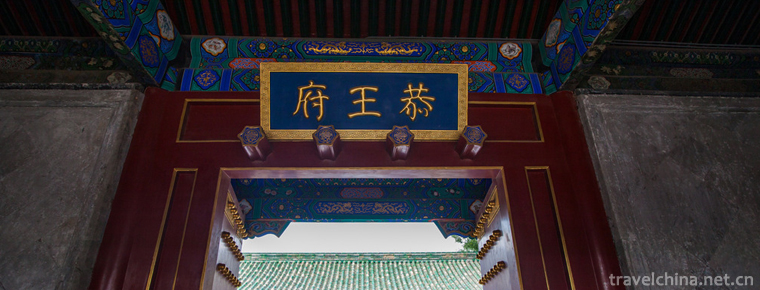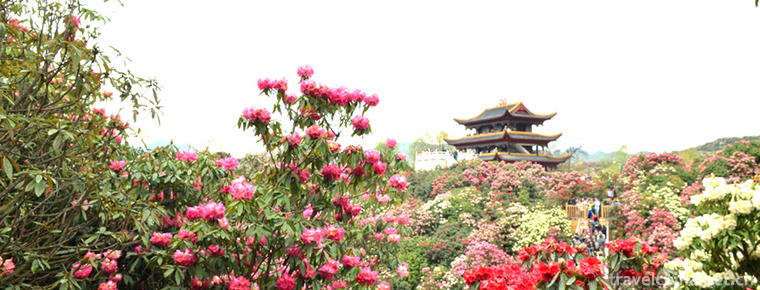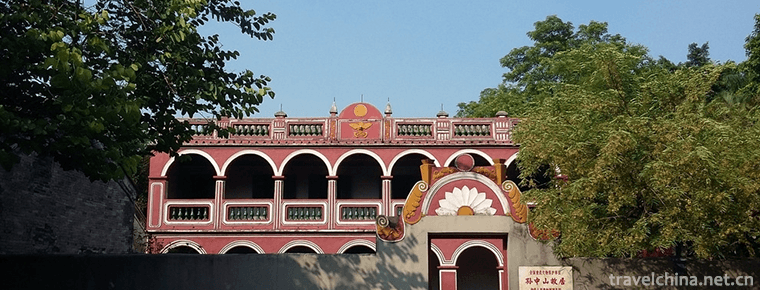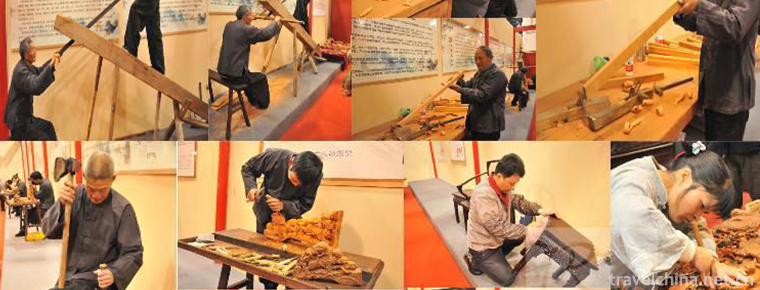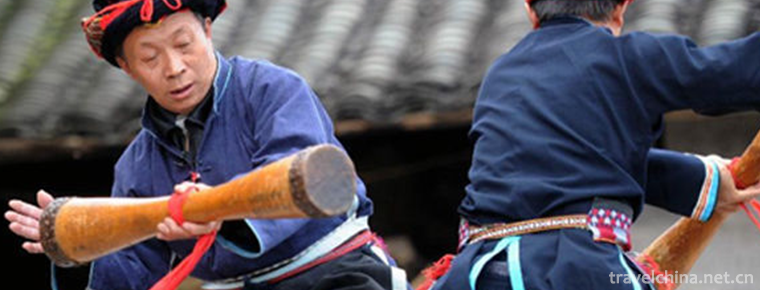steamed vermicelli roll
Intestinal powder originated in Luoding, Guangdong Province, has been spread throughout the country. According to geography (taste), it can be distinguished from the well-known Xiguan intestinal powder in Guangzhou, Hakka intestinal powder in Meizhou, Chaozhou Chaoshan intestinal powder, Hekou intestinal powder in Yunfu, Yunan capital intestinal powder and so on.
Intestinal powder originated in Luoding, Guangdong Province, has been spread throughout the country. According to geography (taste), it can be distinguished from the well-known ones such as Xiguan intestinal powder, Meizhou intestinal powder, Chaozhou intestinal powder, Yunfu River mouth intestinal powder, Yunan Capital intestinal powder, etc. And this traditional cuisine has already appeared in the Tang Dynasty. It originated from the city of Luoding (today's Guangdong city). At first, it was the Tang Dynasty's oil-flavored bamboo paste. Huineng and Huiji had no intention of creating it. Because the oil-flavored bamboo paste created by Huineng and Huiji was too thin to be divided into pieces as before, they could only be shoveled back into a pile and then divided into sections or not. This is the origin of the method of sausage powder, but at that time it was not called sausage powder. In order to distinguish it from the original oil-flavored steamed bread, people call it oil-flavored steamed bread. Since the disaster has not been alleviated, Huiji personally participated in the research work of improving the oil-flavored steamed bread. After that, Baoliang, Huineng and other disciples were arranged to teach the new oil-flavored steamed bread to the people of Fangzhou. This kind of oil-flavored steamed bread soon spread in the land of Fangzhou. Hui Neng was very grateful and helped to create a new name in the process of communication, called Hui Ji. Because Hui Ji is originated from dragon niche, it is also called "dragon niche" in the locals.
Guangzhou's intestinal powder is transparent, its mouth is Q, its sauce is soy sauce, and vegetable is lettuce. Chaozhou's rice noodle is white and tastes sweet and glutinous. Most of the sauce is peanut oil and peanut butter.
During the reign of Qianlong, when Emperor Qianlong visited the south of the Yangtze River, he was deluded by Ji Xiaolan, the Minister of Eating Guests, and specially transferred to Luoding Prefecture to eat Longgang. When eating this kind of "long enough, tender and slippery" dragon's niches, Qian Long praised them and said: "this sauce is not a glutinous rice cake, but rather like a pig's intestines. * it's better to call it" rice noodle ". Later, he returned to the capital city, and he never forgot Luoding's sausage powder, which spread in Guangdong, more and more sausage powder stores.
At present, sausage flour is one of the famous traditional snacks in Guangdong. Sausage flour is salty and sweet. The fillings of salted sausage flour mainly include pork, beef, shrimp, pork liver and so on. The fillings of sweet sausage flour are mainly sugar-soaked vegetables and fruits, then mixed with fried sesame. Intestinal flour is divided into two main types according to its genre. One is bran flour, the other is drawer flour. Because of the different tools used, the resulting intestinal flour is different.
Bra sausage powder tastes mainly fillings (most of the sausage paste is made of sticky rice flour followed by clear noodles, millet flour and raw meal). Drawer type meal powder (made of pure rice pulp) is the main ingredient to taste rice flour and sauce seasoning.
Rice flour is rich in protein, starch, trace elements, vitamins and so on.







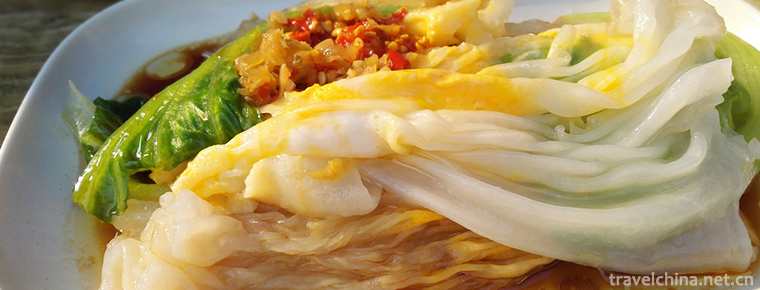
-
The Prince Gongs Mansion
Liu Yin Street, Xicheng District, Beijing, China.
Views: 212 Time 2018-10-12 -
Shika Snow Mountain
Sheka snow mountain scenic area is located in the southwest of Jian Tang town in Shangri-La County.
Views: 188 Time 2018-10-19 -
Baili Rhododendron Scenic Area in Bijie City
Bijie Baili Rhododendron Scenic Area is located in the northwest of Guizhou Province and the central part of Bijie City. It belongs to the Baili Rhododendron Management Area of Bijie City..
Views: 218 Time 2018-12-12 -
Sun Zhongshans hometown
Sun Yat-sen's hometown is located in Cuiheng Village, Zhongshan City, Guangdong Province. It is surrounded by mountains on three sides: south, north and west, East by the Pearl River Estuary.
Views: 157 Time 2018-12-12 -
Furniture Making Skills
Ming-style furniture making skills, local traditional handicraft in Suzhou City, Jiangsu Province, one of the national intangible cultural heritage..
Views: 193 Time 2019-05-05 -
Lv Opera
Lv Opera, also known as masqueraded Yangqin and Qinxi Opera, National intangible cultural heritage, one of the eight major Chinese operas, Shandong's most representative local operas, is popular in mo.
Views: 149 Time 2019-05-15 -
Xujiaquan
Xujiaquan, a traditional boxing method, originated in Tongji Village, Xintai City, Shandong Province. Xujiaquan originated in Yongzheng Period of Qing Dynasty and was created by Xu Shengcai, Gaozu of .
Views: 168 Time 2019-07-09 -
Craftsmanship of Fireworks and Firecrackers
China is the first country to invent gunpowder in the world. Fireworks and firecrackers made of gunpowder also have a long history and enjoy a high reputation in the world. The record of firecrackers .
Views: 134 Time 2019-07-10 -
Long Drum Dance of Yao Nationality
Chinese Yao folk dance. Popular in Guangdong, Guangxi, Hunan and other provinces where Yao people live together, most of them perform on traditional Yao festivals, harvest celebrations, relocation or .
Views: 209 Time 2019-07-11 -
Peking Union Medical College
The Chinese Academy of Medical Sciences was established in 1956. Peking Union Medical College was founded in 1917. Since 1957, the Chinese Academy of Medical Sciences and Peking Union Medical College .
Views: 231 Time 2019-09-06 -
Cheongsam goes to the world
The Organizing Committee of the 2010 Shanghai World Expo has customized 60 sets of tapestry cheongsam as gifts from the Chinese government to the wives of heads of state, each worth 100000 yuan..
Views: 336 Time 2020-12-11 -
Hydrology of Neijiang River
Tuojiang River is the main river in the urban area. It flows through Zizhong, Dongxing and Shizhong District. It is the main waterway transportation route in the city. Since ancient times, there has been a busy scene description of "boats of ten thousand trees.
Views: 299 Time 2020-12-16
